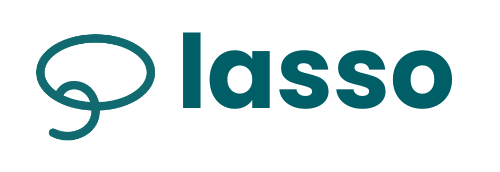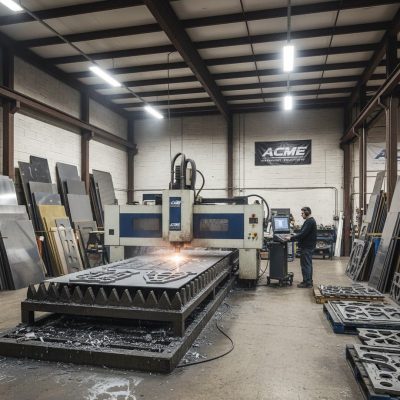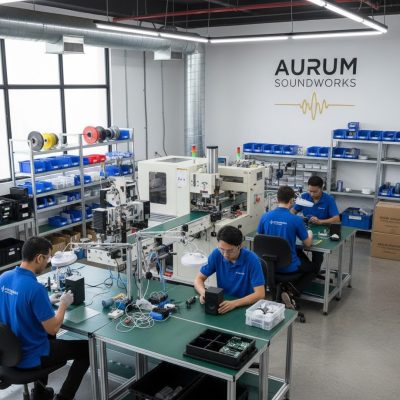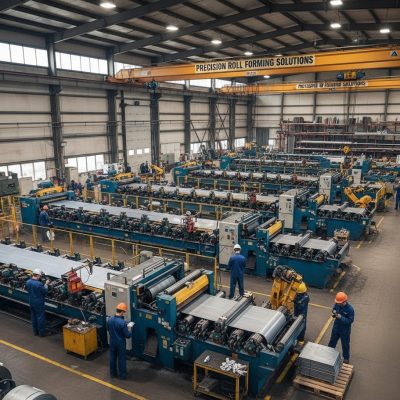In the fast-paced world of manufacturing, where production lines hum with activity and supply chains stretch across the globe, efficient procurement is the backbone of success. As an operations leader, you’re constantly juggling demands for raw materials, equipment, and services while keeping costs in check and ensuring uninterrupted operations. Enter purchase requisitions—a seemingly simple tool that can transform your procurement process from chaotic to streamlined. But how exactly do they achieve this? In this post, we’ll explore the ins and outs of purchase requisitions, their benefits for manufacturing, and practical tips to implement them effectively.
What is a Purchase Requisition?
At its core, a purchase requisition is an internal document that formally requests the procurement of goods or services. It details what is needed, why it’s needed, the quantity, estimated cost, and preferred suppliers. Unlike a purchase order, which is sent to vendors, the requisition is an internal step that triggers the approval process before any external commitment is made.
In manufacturing, this is crucial because it aligns procurement with production schedules. For instance, if your assembly line requires specific raw materials to meet a deadline, a well-crafted requisition ensures the request is vetted, approved, and converted into a purchase order swiftly.
Key Benefits of Purchase Requisitions in Manufacturing
Purchase requisitions aren’t just paperwork; they’re a strategic lever for efficiency. Here’s how they streamline procurement:
1. Enhanced Workflow Efficiency and Reduced Delays
By standardizing the request process, requisitions eliminate ad-hoc emails or verbal requests that often lead to miscommunications. Instead, they create a clear pathway: request submission, review, approval, and procurement. This minimizes lead times and synchronizes with production needs, preventing costly downtime. For example, timely requisitions can forecast material demands, avoiding shortages that halt assembly lines and impact the bottom line.
2. Cost Control and Budget Adherence
Requisitions enforce budget checks before approvals, aligning purchases with financial constraints. This prevents overspending and opens doors for bulk purchasing or better vendor negotiations. Studies show that companies with robust requisition processes can achieve up to 30% lower procurement costs. In manufacturing, where margins are tight, this translates to significant savings on raw materials and equipment.
3. Improved Inventory Management and Demand Forecasting
Requisitions provide valuable data on material needs, helping optimize inventory levels. By analyzing historical requisitions, leaders can predict demand, reduce carrying costs, and avoid overstocking or stockouts. This integration with inventory systems ensures just-in-time procurement, a staple in lean manufacturing.
4. Stronger Vendor Relationships and Supply Chain Resilience
Specifying preferred suppliers in requisitions fosters consistent sourcing, building trust and leading to favorable terms. Clear details reduce errors in orders, ensuring reliable deliveries. In volatile markets, this resilience helps mitigate shortages and delays, maintaining customer trust.
5. Enhanced Accountability, Compliance, and Fraud Prevention
With an audit trail for every request, requisitions promote transparency and compliance with internal policies and regulations. They act as a gatekeeper against unauthorized or fraudulent purchases, requiring justifications and approvals. Digitization further accelerates reviews and minimizes errors associated with manual processes.
6. Better Cross-Departmental Collaboration
Requisitions bridge gaps between production, procurement, finance, and inventory teams. This promotes transparency, reduces misunderstandings, and ensures everyone is aligned on priorities.
How to Implement an Effective Purchase Requisition Process
To reap these benefits, operations leaders should focus on best practices:
Design Clear Policies: Establish guidelines on formats, approval hierarchies, and supplier selections for consistency.
Leverage Automation: Adopt digital tools like Lasso procurement systems for electronic submissions, automated workflows, and real-time tracking. This eliminates manual delays and provides analytics for informed decisions.
Provide Training: Educate teams on the process to improve requisition quality and reduce errors.
Monitor and Optimize: Track KPIs such as approval times and submission accuracy. Conduct regular reviews to identify bottlenecks and encourage feedback for continuous improvement.
Align with Business Goals: Tie requisitions to production schedules and cost objectives to support overall strategy.
For example, in a scenario where a manufacturing firm faced frequent stockouts, implementing automated requisitions integrated with inventory data reduced delays by forecasting needs proactively, boosting productivity.
Conclusion
Purchase requisitions are more than a formality—they’re a powerhouse for streamlining procurement in manufacturing. By enhancing efficiency, controlling costs, and fostering collaboration, they empower operations leaders to keep production running smoothly and competitively. If your current process feels outdated, consider digitizing and optimizing it today.
Get the White Paper: Streamlining Procurement Processes for SMB Manufacturers
Get instant access to our white paper on Must-Know Procurement Tips for SMB Manufacturers by filling out the form below.
Get in Touch
Learn more about Lasso supply chain solutions for SMB manufacturers
Please complete the form and we will be in touch as soon as possible.







